
In 2025, America’s retail landscape is unraveling at a staggering pace. Thousands of stores are closing, tens of thousands of workers have lost their jobs, and once-bustling shopping centers now sit empty. The ripple effects touch employees, suppliers, landlords, and consumers alike, signaling a crisis with nationwide consequences.
From small towns to major cities, familiar storefronts are vanishing, leaving communities and local economies struggling to adapt. With bankruptcies piling up and private equity’s role under scrutiny, the 2025 retail apocalypse is reshaping how Americans shop, work, and live. Here’s what’s happening—and who is being hit hardest.
What’s Happening With American Retail?
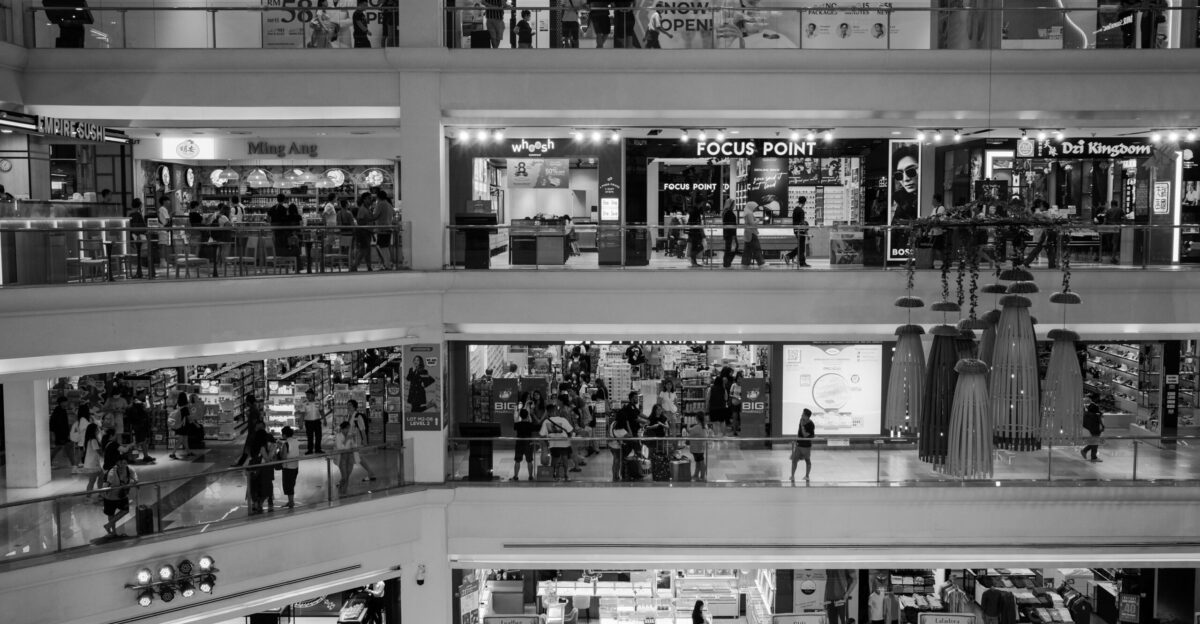
America’s retail sector faces an unprecedented collapse in 2025, with thousands of stores shutting and tens of thousands of jobs lost. The closures affect employees, suppliers, landlords, and consumers alike, reshaping communities nationwide.
The scale of the crisis signals a historic transformation in shopping habits and business models. Let’s look into who is being hit the hardest.
Who Lost Jobs First?

Retail employees are the frontline casualties. Between January and May 2025, 76,000 retail workers lost their jobs—a staggering 274% increase from the same period in 2024. Analysts predict total 2025 losses could surpass 100,000.
Joann alone eliminated 19,000 jobs, mostly part-time, highlighting the human cost. But these layoffs are only one piece of the unfolding story.
Major Chains Shutter Stores
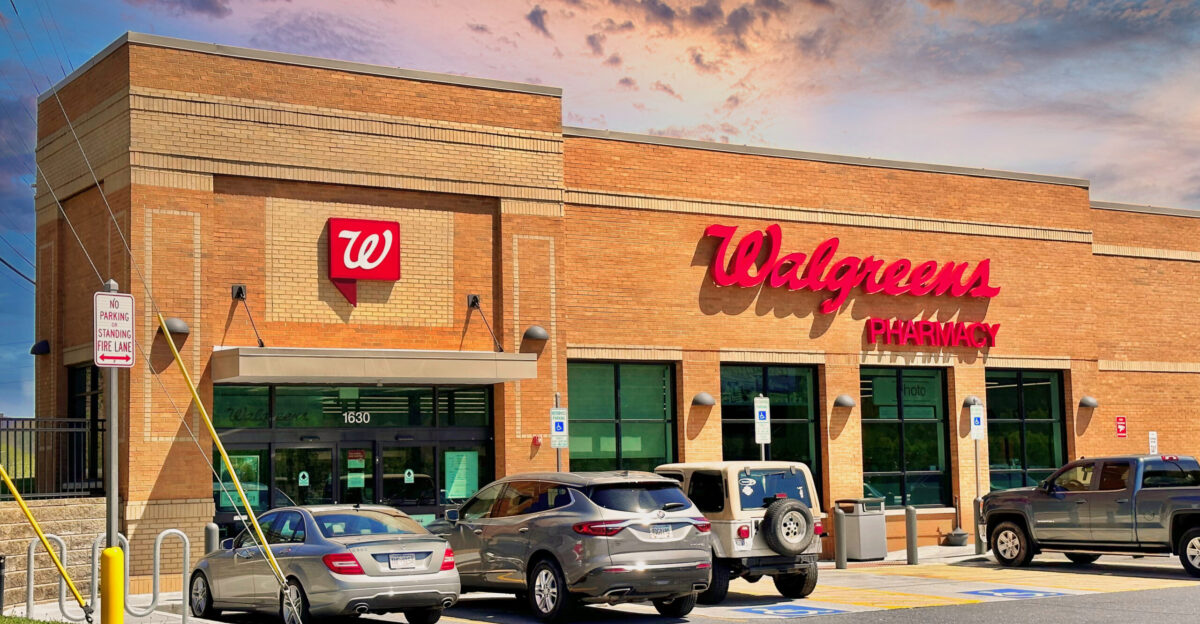
Party City, Big Lots, Forever 21, and Walgreens all announced major closures. Party City closed ~700 stores in December 2024, while Forever 21 shuttered all 354 mall locations by March 2025.
Macy’s, Kohl’s, and Rite Aid also cut hundreds of stores. These closures set off cascading effects for communities and the retail industry at large.
How Landlords Are Affected

Shopping center landlords face unprecedented vacancy rates. In the first half of 2025, 123.7 million square feet of retail space was vacated, driving national vacancy to 5.8% in Q2, up 50 basis points from 2024.
Loss of anchor tenants reduces foot traffic by 30-40%, threatening nearby businesses. But the consequences extend beyond property values.
Supplier Networks Collapse
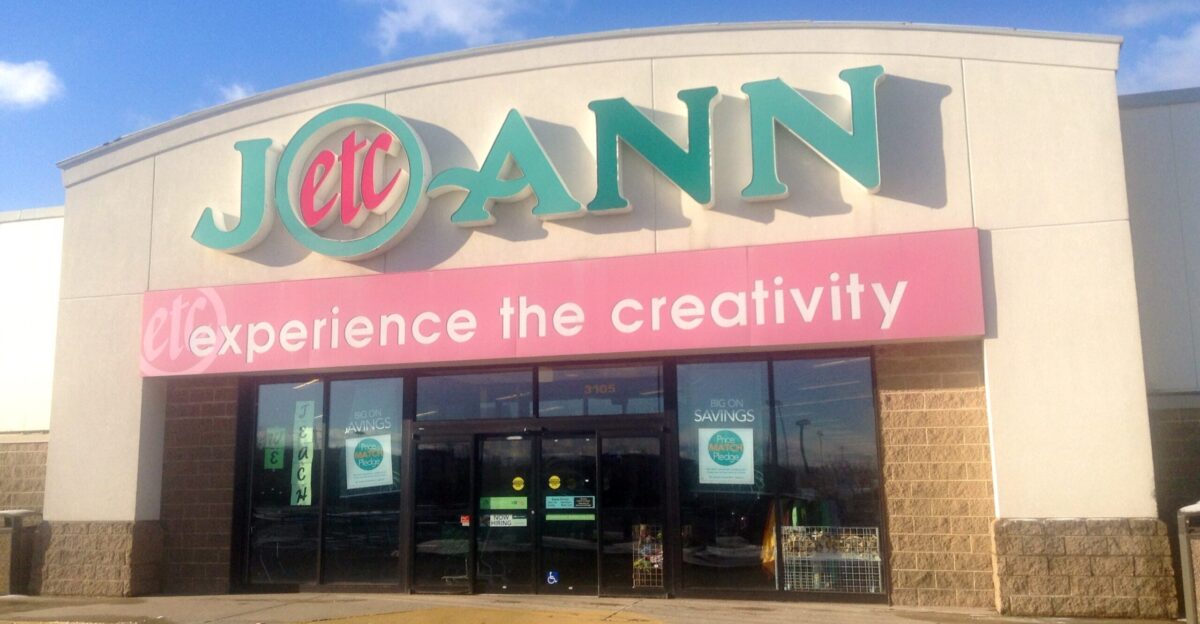
Joann owed $133 million to suppliers at its second bankruptcy, triggering lawsuits for $40 million in unpaid bills. Design Group Americas filed Chapter 11, citing Joann’s failure as the direct cause.
Suppliers lost manufacturing jobs and production capacity. The domino effect shows retail collapse impacts upstream industries, not just storefronts.
Consumers Face Reduced Choice

Store closures create “shopping deserts” where consumers lose access to essentials. Walgreens and CVS closures affect rural and underserved communities disproportionately, leaving elderly and internet-limited populations vulnerable.
Physical store losses also reduce online sales by nearly 12%, showing e-commerce cannot fully replace in-person retail. What does this mean for local communities?
Local Governments Take a Hit
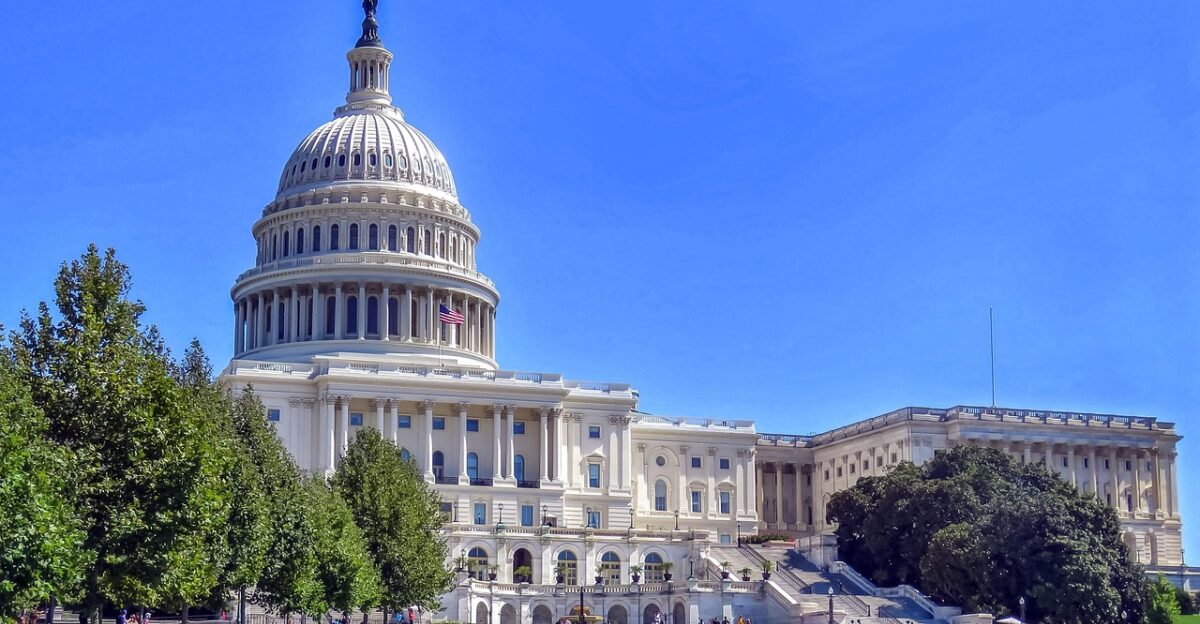
Each store closure eliminates roughly $75,000 in annual local tax revenue and reduces nearby employment by 12-15 jobs. Municipal budgets shrink, forcing cuts or tax increases on remaining residents.
Empty storefronts also drive urban decay, threatening revitalization projects. Yet, the retail decline did not start overnight.
When Did This Begin?
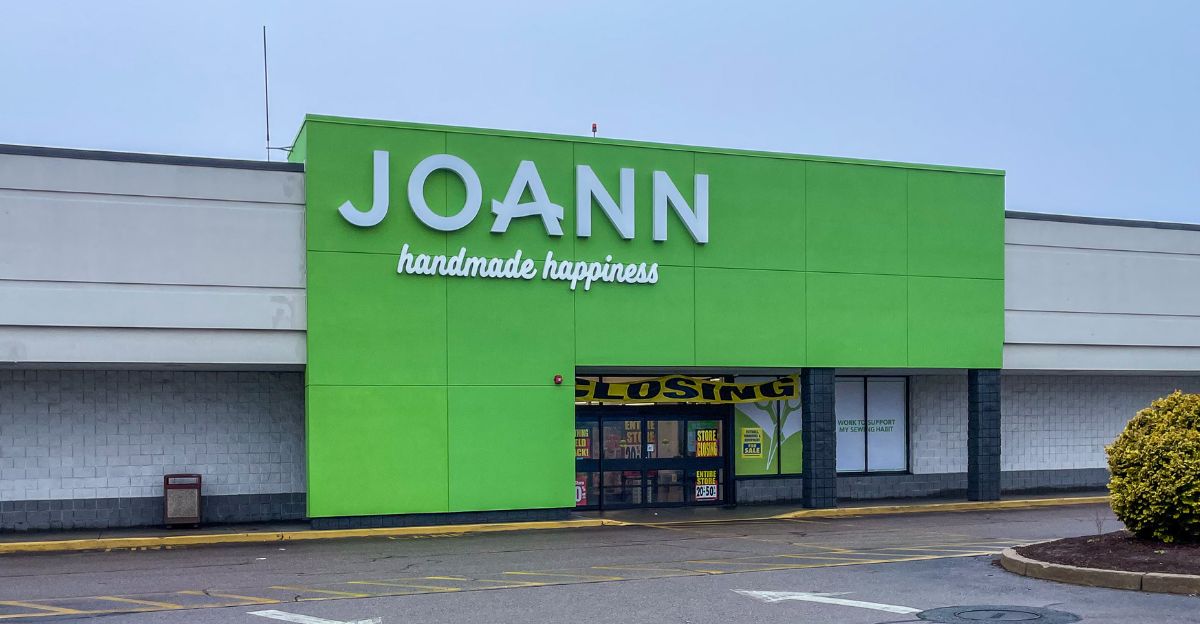
Critical milestones trace back to December 2024. Party City announced closure of 700 stores, while multiple retailers reported disappointing holiday sales. Early warning signs hinted at broader problems in 2025.
By January, Joann filed its second bankruptcy, and layoffs accelerated. Understanding this timeline reveals why 2025 became so catastrophic.
Store Closures Accelerate
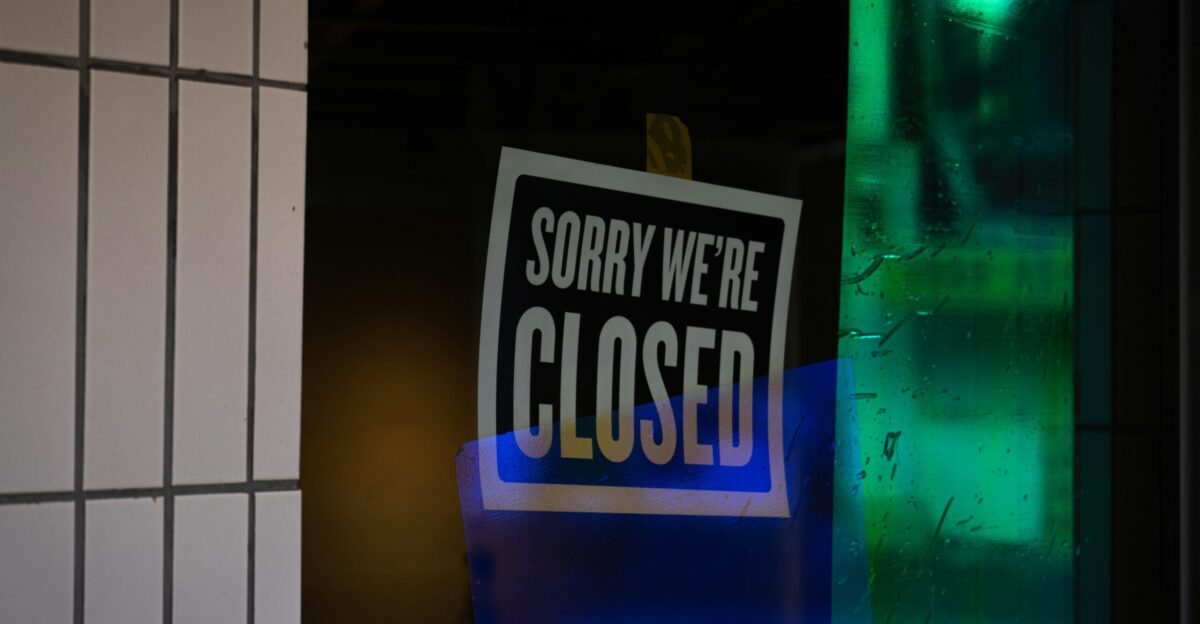
Over 3,700 store closures were reported by early November, with projections suggesting 15,000 by year-end—more than double 2024’s total of 7,325.
Net closures are projected at 9,200 locations after subtracting openings, showing the crisis is not slowing. The next challenge is the financial toll.
Financial Losses Mount

Joann carried $615 million in liabilities and over $1 billion in total debt by its second bankruptcy. The company reported $2 billion in net sales for 2024, 86% in-store.
Rising interest rates and inflation have squeezed retailers, leaving many overextended and unable to survive without drastic cuts.
Bankruptcy Patterns Emerge
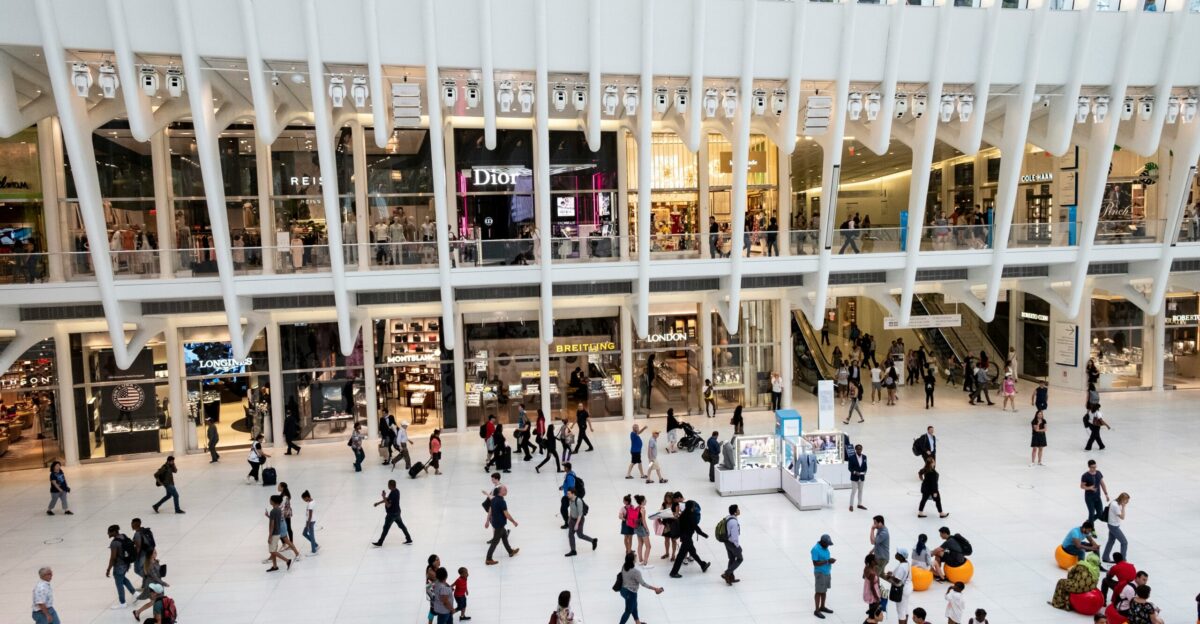
Retailers increasingly choose liquidation over Chapter 11 reorganization. Joann, Party City, Forever 21, and Big Lots opted to cease operations entirely rather than restructure.
Joann’s double bankruptcy within 10 months illustrates that even restructuring cannot save a fundamentally challenged business model. But debt played a major role in the collapse.
Private Equity Influence

Leonard Green & Partners’ ownership of Joann shows how private equity strategies contributed to failure. Acquired in 2010 for $1.6 billion, debt accumulation outpaced long-term investment, ultimately leading to bankruptcy.
Similar patterns affected other portfolio companies, highlighting systemic risks in debt-heavy retail ownership models. The human consequences were severe.
Employee Impact Cascade
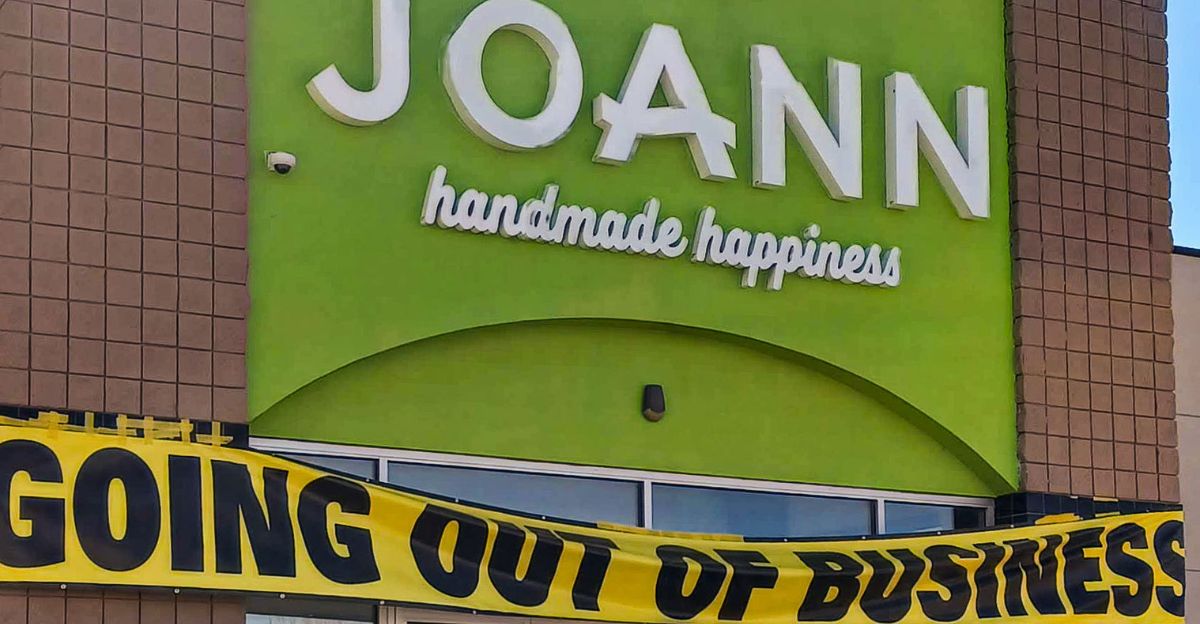
Joann employees faced WARN notices with minimal severance, part-time pay cuts, and wages as low as $13.10 per hour for 35-hour weeks. Union employees with 15+ years received six weeks’ pay.
The simultaneous closure of 800 stores flooded local labor markets, depressing wages and straining communities. Neighboring businesses also felt immediate effects.
Commercial Real Estate Domino Effect
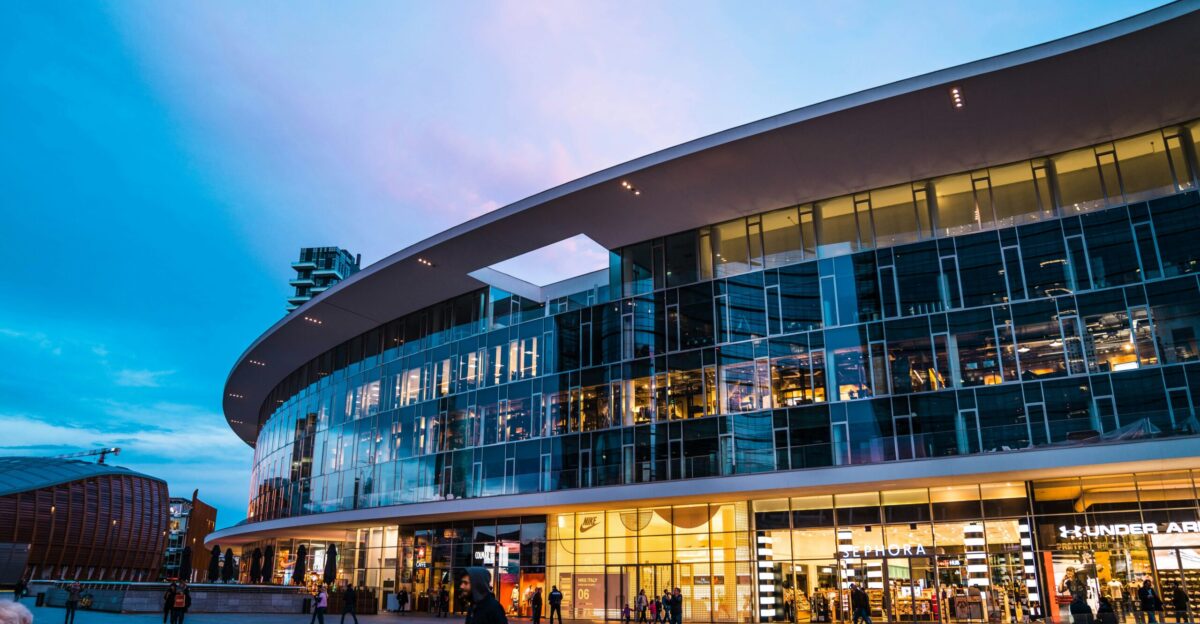
Vacancies spiked as anchor tenants like Joann closed, reducing foot traffic by 30-40%. Property values dropped, refinancing became difficult, and municipal tax revenue fell, creating a cascade of economic stress.
Local businesses faced dwindling sales, while empty shopping centers became symbols of economic decline. The supply chain impact deepened the crisis further.
Supply Chain Disruption
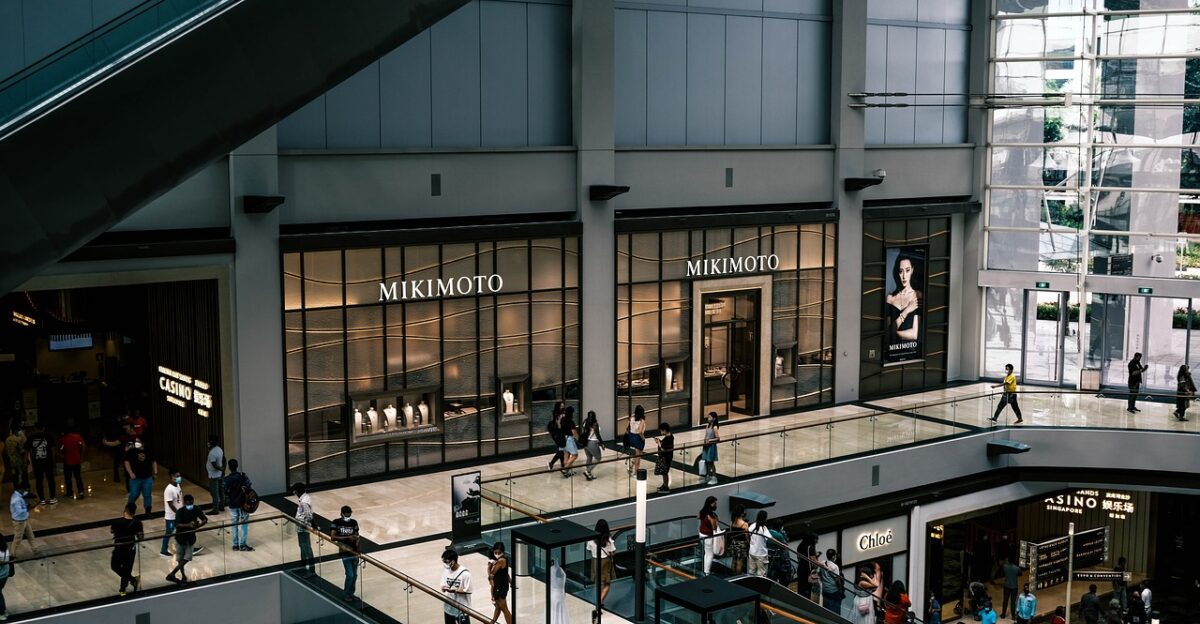
Design Group Americas filed for bankruptcy after Joann’s collapse, halting production of sewing patterns and other products. Suppliers lost payments and jobs, illustrating how a single retail failure reverberates.
Manufacturers dependent on retail demand also suffered, revealing the interdependence between physical stores and the wider economy. Yet consumer behavior amplified the problem.
Shifting Consumer Habits
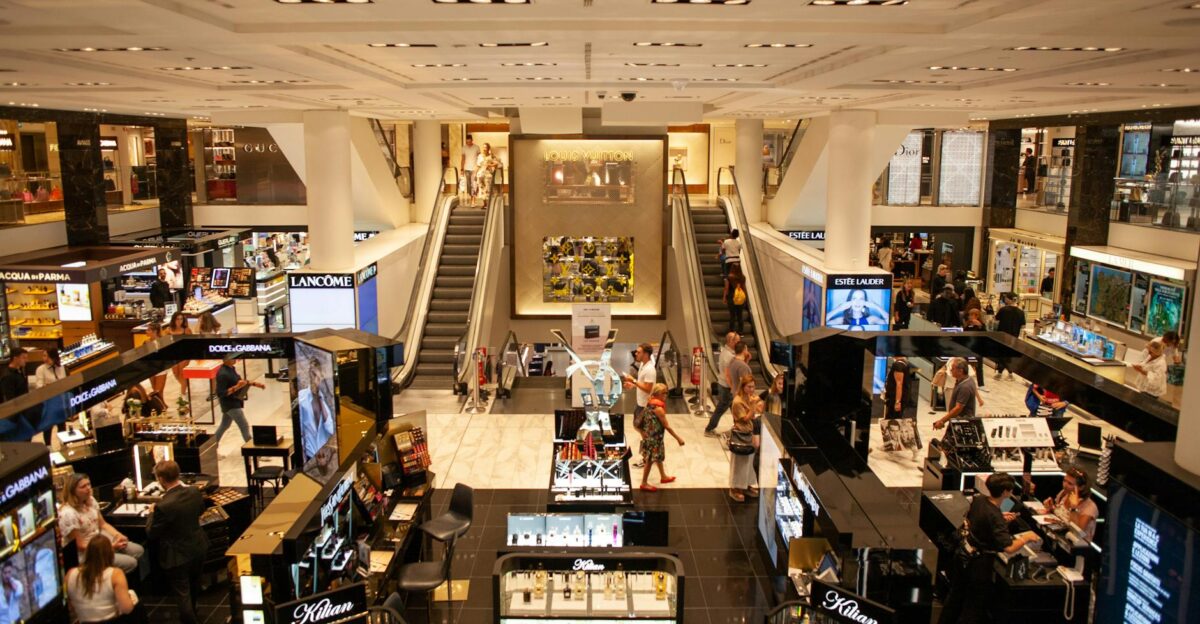
Online shopping continues to reshape the market. By 2025, e-commerce penetration rose to 26%, while physical stores struggle to compete. COVID-19 accelerated this trend, with many consumers never returning to brick-and-mortar shopping.
Combined with price competition from platforms like Temu and Shein, traditional retailers face declining foot traffic and sales, forcing strategic pivots or closures.
The Long-Term Outlook

UBS analysts project 45,000 additional U.S. retail closures by 2029, primarily smaller stores. Only mega-chains and niche specialists are expected to survive.
The middle of the retail market is vanishing, signaling a permanent structural shift. Communities and workers must adapt to a radically changed landscape.


